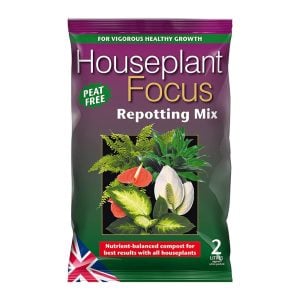Peace Lilies (Spathiphyllum), with their lush green foliage and elegant white flowers, are popular choices for indoor plants in the UK. These versatile plants can thrive in a variety of conditions, making them suitable for both experienced and new plant parents.
To ensure your peace lily flourishes and remains healthy, it’s essential to provide proper care. Here’s a comprehensive guide to help you cultivate a thriving peace lily in your home.
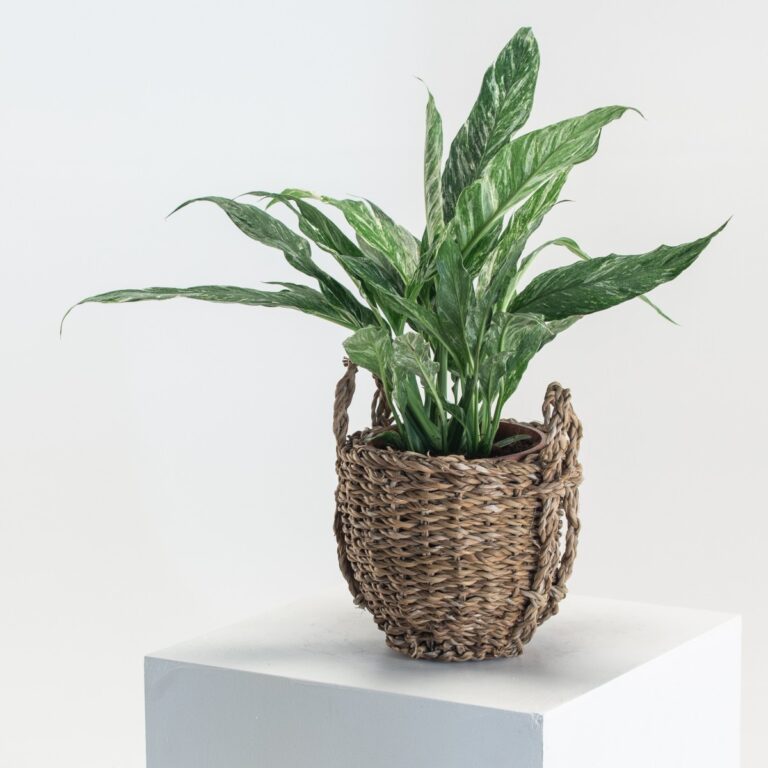
Light
Lighting plays a crucial role in the growth of peace lilies. These plants prefer bright, indirect light. Place your peace lily in a location that receives ample natural light, but avoid exposing it to direct sunlight. Direct sunlight can scorch the leaves and cause damage.
A well-lit spot near a north or east-facing window is usually ideal. If such a location isn’t available, you can also use artificial lighting, such as fluorescent lights, to supplement the natural light.
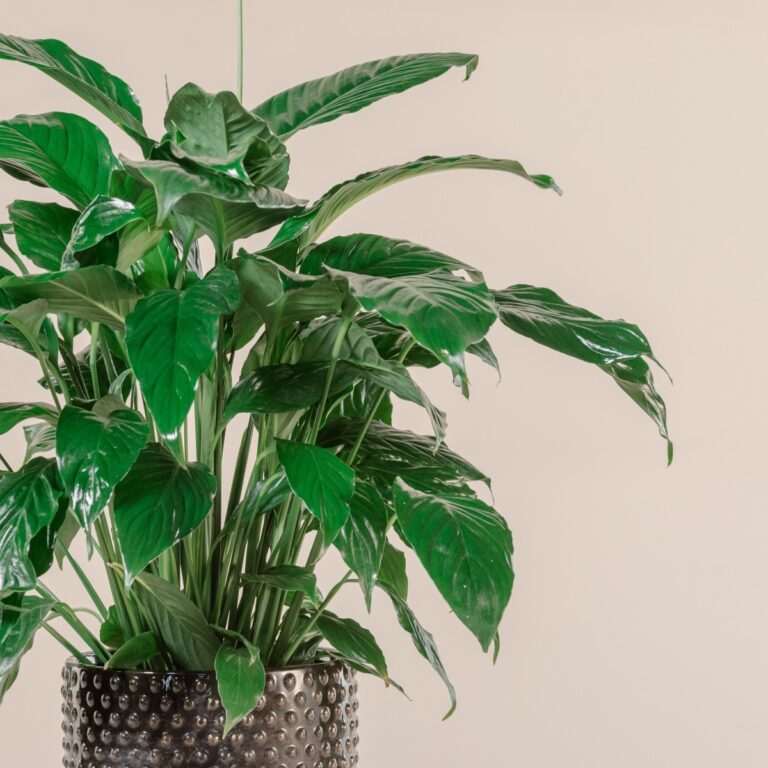
Temperature
Maintaining the right temperature is important for the well-being of your peace lily. Ideally, they prefer temperatures between 18-24°C. It’s important to avoid extreme temperature fluctuations and protect the plant from cold drafts or hot radiators.
Peace lilies can tolerate slightly lower temperatures, but prolonged exposure to chilly conditions can lead to stunted growth. Providing a consistent, moderate temperature will help your peace lily thrive.
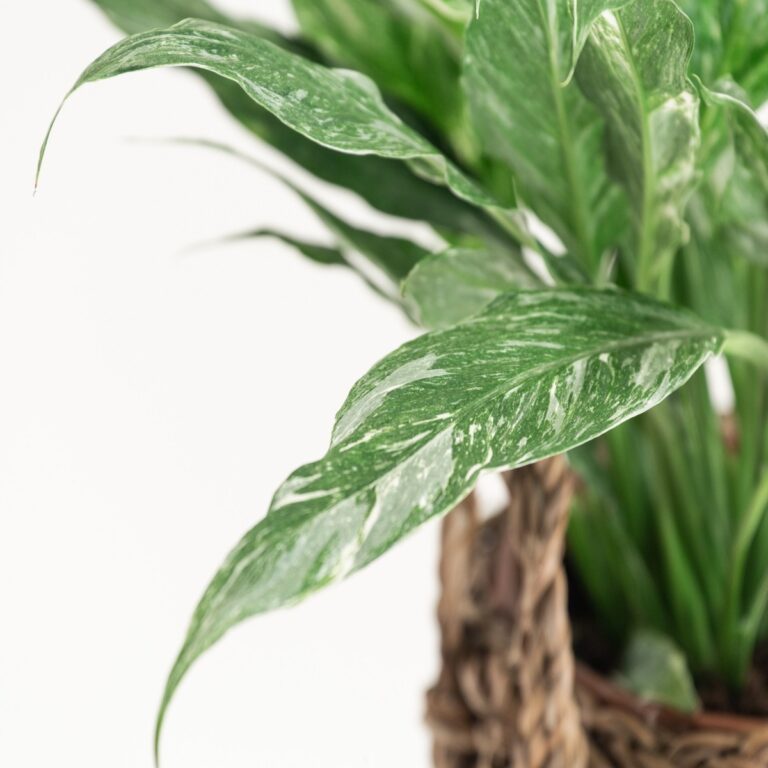
Watering
Proper watering is essential for the health of your peace lily. These plants prefer moist but not waterlogged soil. Check the moisture level by inserting your finger about an inch deep into the soil. Water the plant when the top inch feels dry.
It’s crucial not to overwater, as this can cause root rot. Use room temperature water to avoid shocking the plant’s roots.
Ensure proper drainage, and avoid letting the plant sit in standing water. A good rule of thumb is to water deeply but allow the excess water to drain away.
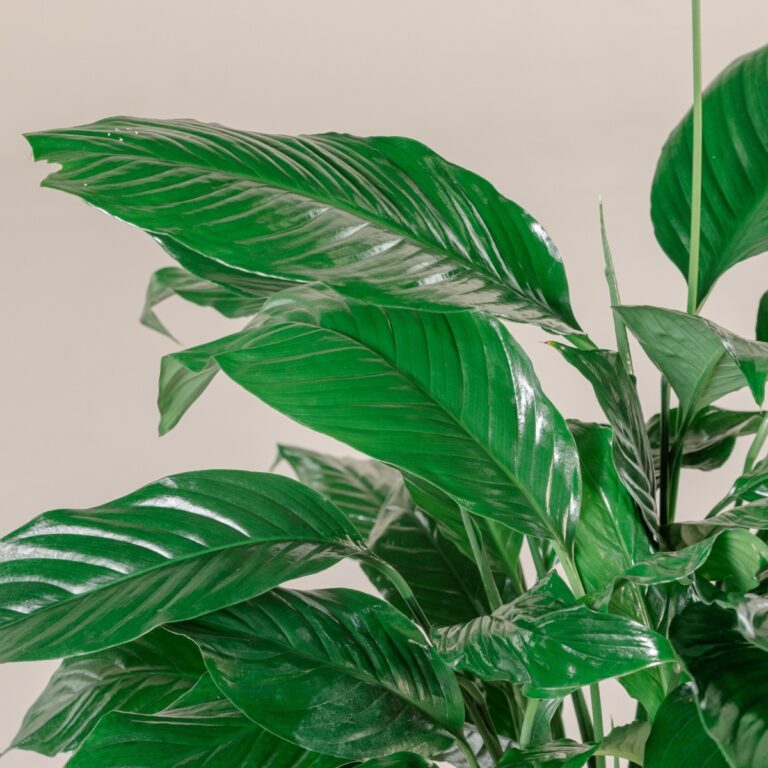
Humidity
Peace lilies are native to tropical rainforests and thrive in high humidity environments. While they can tolerate lower humidity levels, providing additional moisture will benefit their growth.
Increase humidity by placing the pot on a tray filled with pebbles and water. As the water evaporates, it creates a humid microclimate around the plant.
Misting the leaves occasionally, especially during dry winter months, can also help maintain humidity. However, avoid misting excessively, as it can lead to fungal issues.
Fertilising
Fertilisation is an essential aspect of caring for peace lilies. During the growing season, which typically occurs in spring and summer, it’s important to feed your peace lily with a balanced, water-soluble fertiliser.
Choose a fertiliser specifically formulated for indoor plants and follow the instructions on the packaging for dosage.
Overfertilisation can harm the plant, so it’s crucial to avoid excessive use. Applying fertiliser every 2-4 weeks will provide the necessary nutrients for healthy growth and vibrant blooms.
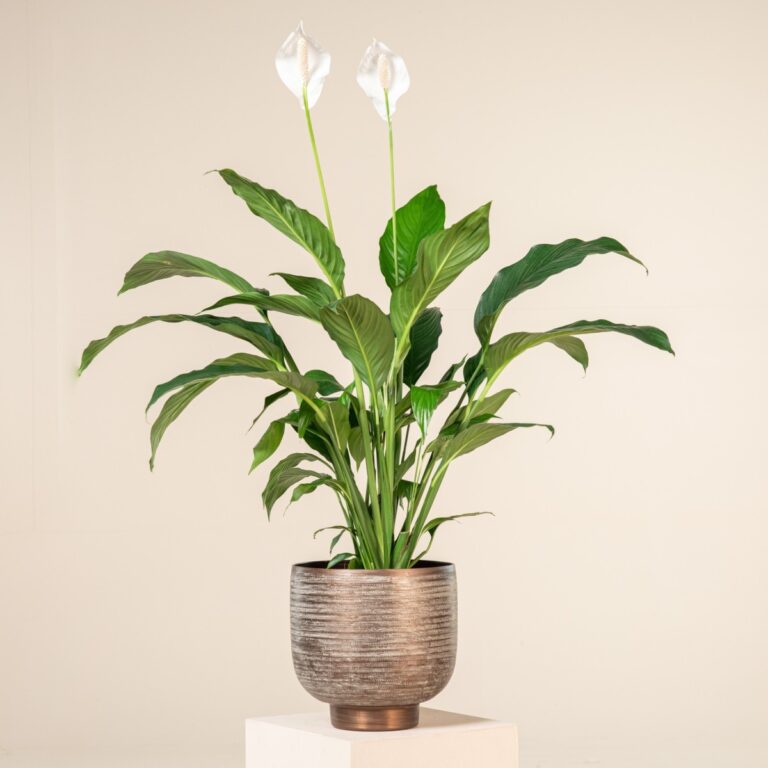
Trimming and pruning
Regular pruning helps maintain the appearance and health of your peace lily. Trim brown or yellow leaves at their base to promote a tidy appearance and prevent the spread of any diseases. Removing spent flowers also encourages the development of new blooms.
Pruning should be done with clean, sharp tools to prevent damage to the plant. By removing dead or dying foliage, you create a more aesthetically pleasing environment for your peace lily.


